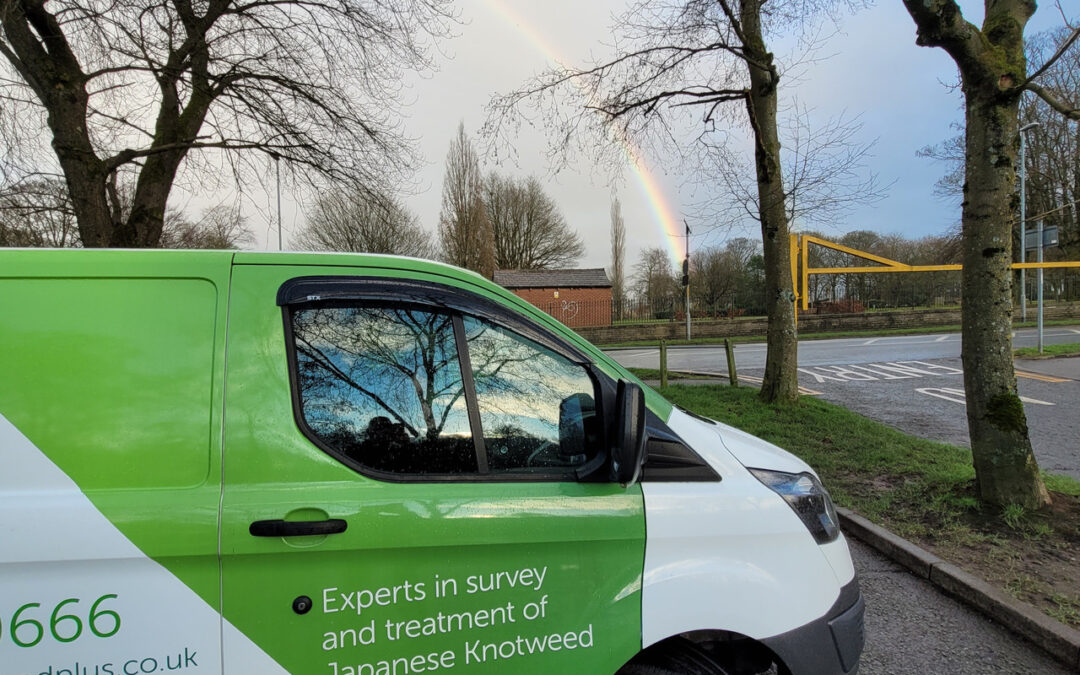The Benefits of a Multi-Pronged Approach to Japanese Knotweed Control
Japanese Knotweed is a highly invasive plant species that is notoriously difficult to control. Its rapid growth and ability to spread make it a formidable opponent for property owners and landscapers alike. However, with the right approach, it is possible to manage this plant and prevent it from causing serious damage to the environment and structures.
In this article, we will discuss the benefits of a multi-pronged approach to Japanese Knotweed control. We will cover various methods that can be used in combination to create a comprehensive management plan. By the end of this article, you will have a deeper understanding of Japanese Knotweed control and be better equipped to take action.
Understanding Japanese Knotweed
Japanese Knotweed (Fallopia japonica) is a fast-growing, herbaceous perennial plant that is native to East Asia. It was introduced to the UK in the 19th century as an ornamental plant but quickly spread into the wild. Japanese Knotweed is known for its hollow bamboo-like stems, heart-shaped leaves, and small, creamy-white flowers.
The plant is highly adaptable and can grow in a variety of conditions, including full sun, shade, and a range of soil types. It spreads rapidly through its extensive underground network of rhizomes and can grow up to 10cm per day during the summer months.
The Risks of Japanese Knotweed
Japanese Knotweed can cause a range of problems for property owners and the environment. Its aggressive growth can cause structural damage to buildings, roads, and other infrastructure. Its deep, extensive root system can also dehydrate soil, leading to soil erosion and increased risk of flooding.
In addition, Japanese Knotweed can outcompete native plants, reducing biodiversity and altering ecosystems. It can also make it more difficult and costly to manage land, as it requires specialized equipment and techniques to control.
The Importance of a Multi-Pronged Approach
Given the risks associated with Japanese Knotweed, it is crucial to take a multi-pronged approach to control. A comprehensive management plan should include a range of techniques that target the plant at different stages of its life cycle.
Some of the most effective methods include:
-
Herbicide Treatment
Herbicide treatment involves the use of chemicals to kill Japanese Knotweed. This can be done using foliar spray, stem injection, or soil injection techniques. Herbicide treatment is most effective when used in combination with other methods, such as excavation and removal, as it can take several years to fully eradicate the plant.
-
Excavation and Removal
Excavation and removal involve digging up the plant and disposing of it off-site. This method is most effective for small infestations and can be combined with herbicide treatment to prevent regrowth.
-
Root Barrier Installation
Root barrier installation involves the use of physical barriers to prevent the spread of Japanese Knotweed. This can be done using materials such as plastic sheeting or geotextile membranes. Root barrier installation is most effective when used in combination with other methods, such as herbicide treatment, as it does not remove the plant.
-
Biological Control
Biological control involves the use of natural enemies, such as insects or fungi, to control Japanese Knotweed. This method is still in the experimental stage and is not widely used.
By combining these methods, property owners and landscapers can create a comprehensive management plan that targets Japanese Knotweed at all stages of its life cycle. This can help to prevent regrowth, reduce the risk of damage to structures and the environment
Discover the Benefits of a Multi-Pronged Approach to Japanese Knotweed Control. Our comprehensive guide explores the most effective methods for eradicating this invasive plant and preventing its spread. Learn about the latest research and best practices from expert sources. Take control of your property today and protect your investments.
